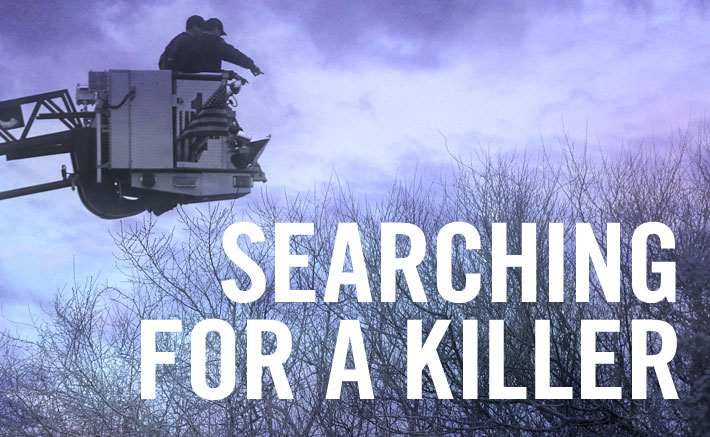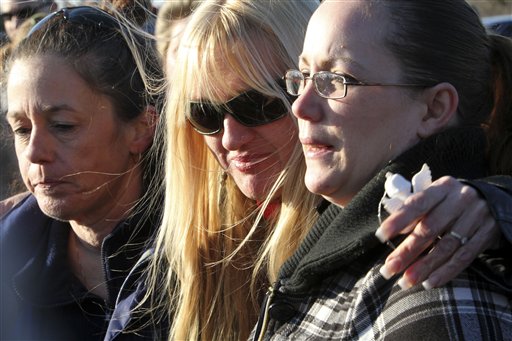
Raising Atlantis
Thousands of clay faces, computer generated images, bone fragment photos and police composite drawings are the only clues left behind by the unnamed dead and thanks to a recently launched database called NamUs.gov—the National Missing and Unidentified Persons System—the public has this information, once only available to members of law enforcement, at their fingertips for the first time.
The database is separated into two sections, one for the missing, and one for the unidentified. Princess Doe was the first name to be punched into this database when it launched in January 2009. Since then 8,183 more John and Jane Does, and 8,266 missing persons have been added.
“With NamUs police can enter information and as long as law enforcement okays it and looks at it it’s put on so everyone can have access to that information,” Janice Smolinski, mother of Billy Smolinski, a 31-year-old man who went missing in Connecticut under suspicious circumstances in 2004, tells the Press. Smolinski is lobbying for federal incentives to encourage law enforcement to use the database, including “Billy’s Law,” legislation named after her son. “When it comes to families they like to be able to do something they actually could watch their own loved one on NamUs and try to make matches themselves.”
According to the US Department of Justice, there are as many as 100,000 active missing persons at a given time and there could be up to 40,000 human remains that are unidentified in the United States. But more people are becoming aware and NamUs is growing.
“In 2009, we doubled the number of missing person cases in the system, and last year we nearly tripled it,” John Laub, Director of the National Institute of Justice said in a statement in earlier this month announcing the database had surpassed 15,000 case entries. “With more cases in the system, more cases can be solved and more families can get the resolutions they have been seeking for so long.”
Maureen has actively used the database since its inception and she still looks in the hope that one day she will see her sister’s face looking back at her in a composite sketch or the tiniest detail that could help lead her to her sister’s whereabouts. Matches by those outside of law enforcement have been made before.
In 2008 an unidentified man was found in Florida and within a few months the case was entered into NamUs. Nearly two years later Sue D’Agostino, of Islip, who learned about the database from a public service announcement, began searching the unidentified section of NamUs for her brother who had been missing for several years. When she came across case #2297 she thought the face in the photo could be her brother and contacted law enforcement. Family DNA samples were taken and the unidentified man in Florida was positively identified as D’Agostino’s missing brother. To date, NamUs is credited with resolving 62 of the missing and unidentified person cases in its databases.
“If you have this case that’s forever old there’s always a glimmer of hope that your loved one can be in NamUs,” says Maureen. “I want people to know that it’s there because a lot of people just aren’t aware that it exists.”
Maureen is actively following other potential leads, including a new station on Sirius radio about to debut called Studio 54. Maureen has already been in touch with one of the DJs to see if they will run information about her sister.
“I have refused to bury my head in the sand and accept that someone else is working on it,” she says. “When stuff goes cold with the amount of time that’s elapsed it doesn’t just go cold, it goes dead. Because all the information has been lost. It’s buried in time. And it’s like raising Atlantis. I don’t know if we’ll be able to raise this case, I just don’t know. She’s out there… somewhere.
“And her name is not Jane” as in Jane Doe, Maureen adds.
“It’s Judy.”
If you have any information that could help this case please email [email protected] or visit www.facebook.com/groups/LookingForJudy.






